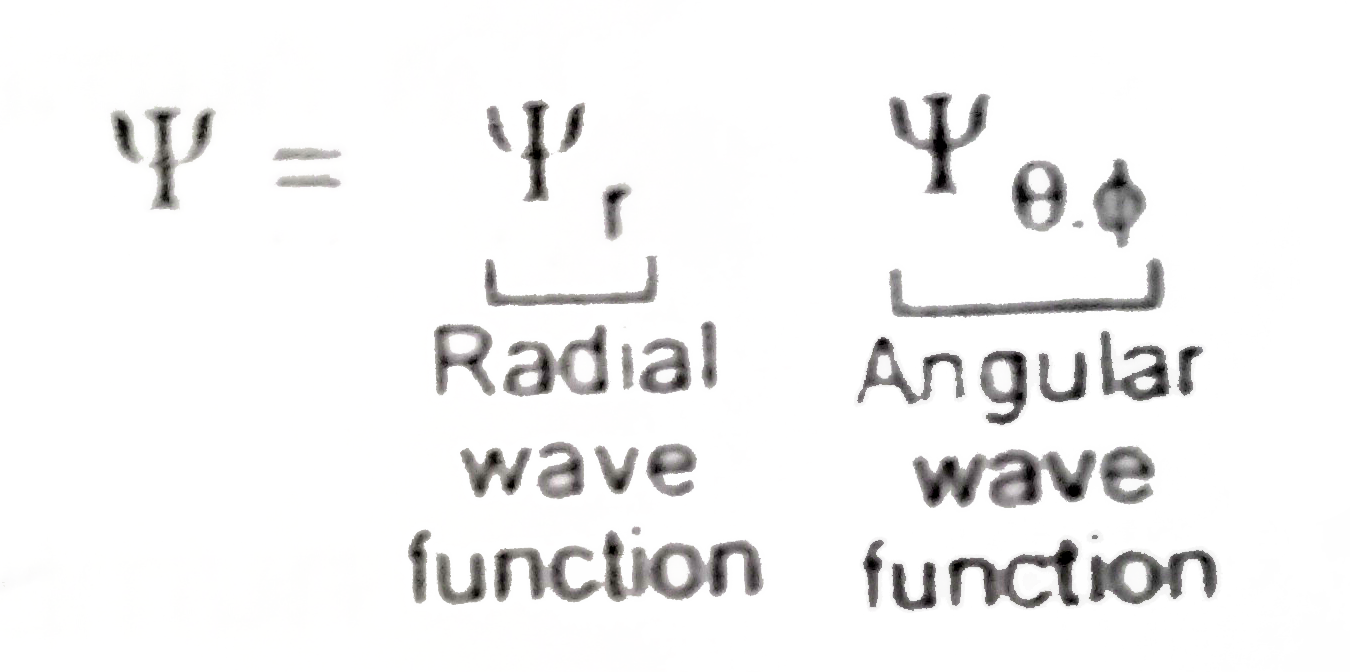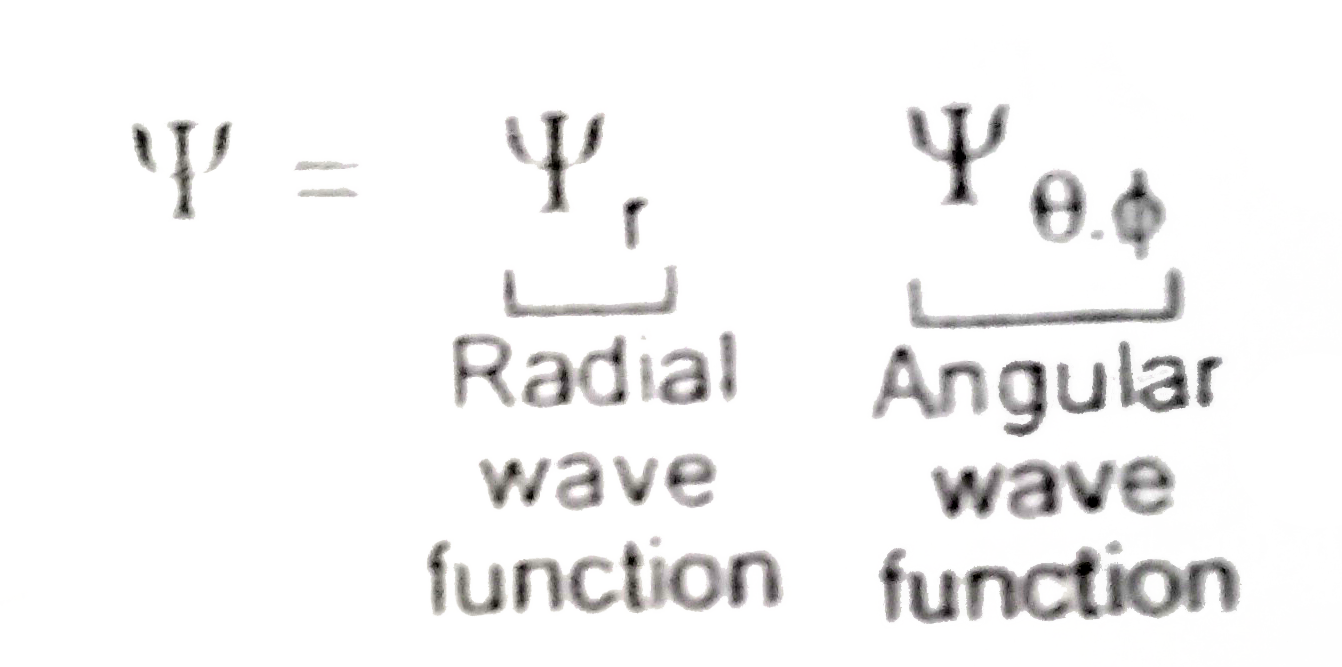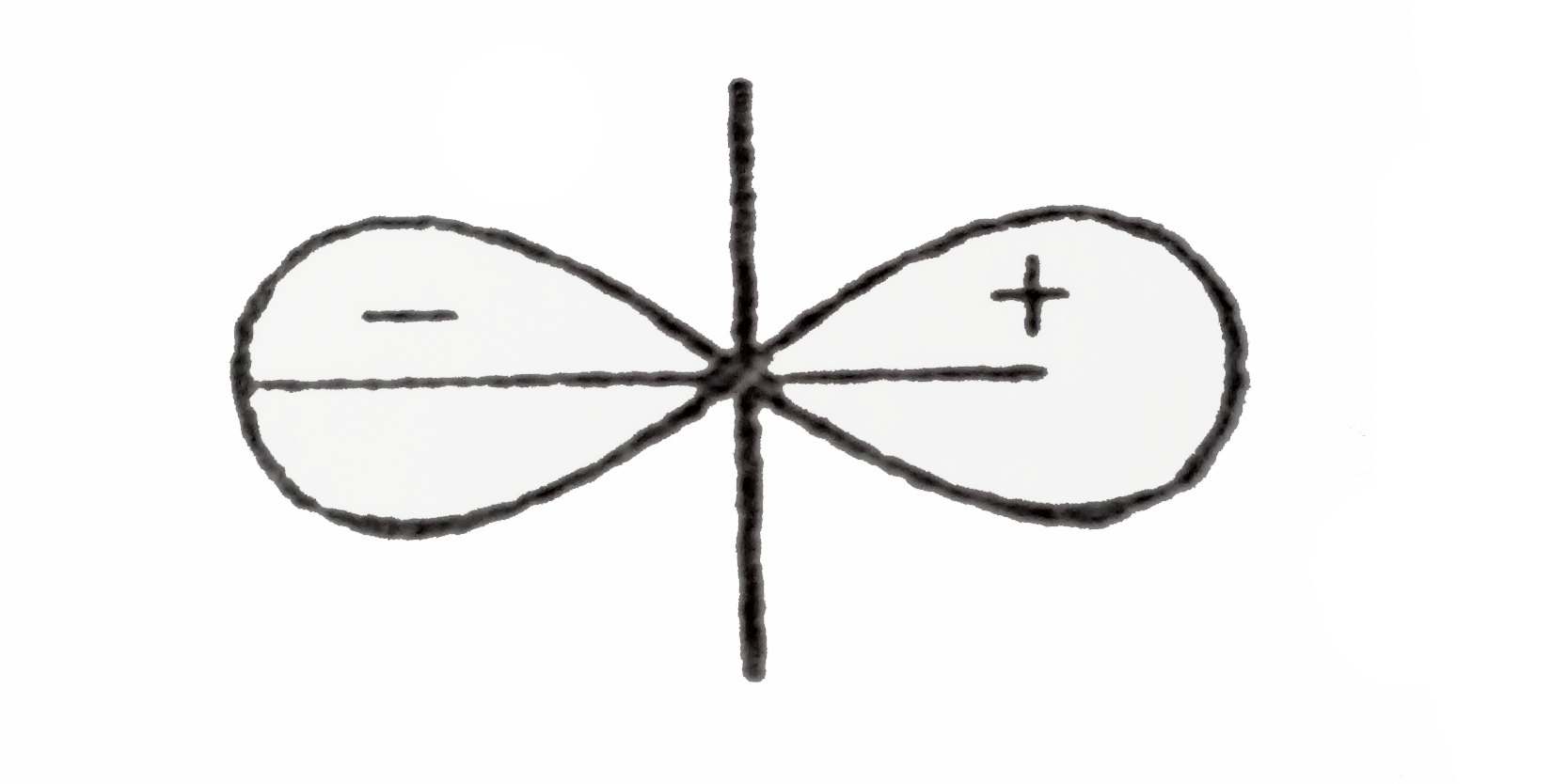Choose the correct statements from the following:
(A) A node is a point in space where the wave function Ψ has zero amplitude.
(B) Total number of nodes in an orbital is equal to (n−1)
(C) Ψ2 represents the probability density of finding the electron
(D) Total no.of angular node in 2px orbital is one
Step by step video & image solution for Choose the correct statements from the following: (A) A node is a point in space where the wave function Psi has zero amplitude. (B) Total number of nodes in an orbital is equal to (n-1) (C) Psi^(2) represents the probability density of finding the electron (D) Total no.of angular node in 2p_(x) orbital is one by Chemistry experts to help you in doubts & scoring excellent marks in Class 12 exams.
Similar Questions
Orbitals are the pictorial representationofΨ or Ψ2

Ψ2 tell about the probability of finding electron.
Which of the following graph is correct for 3p ?View SolutionOrbitals are the pictorial representationofΨ or Ψ2

Ψ2 tell about the probability of finding electron.
A 2px orbital is shown by given diagram

Correct regarding diagram isView Solution
Knowledge Check
- Question 1 - Select One
Assertion : 2s-orbital has one node.
Reason : Number of nodes in an orbital is equal to (n−l−1) value.AAssertion and reason both are correct statements and reason is correct explanation for assertion.BAssertion and reason both are correct statements but reason is not correct explanation for assertion.CAssertion is correct statement but reason is wrong statement.DAssertion is wrong statement but reason is correct statement. - Question 2 - Select One
A : the number of angular nodes in 3dz2 is zero
R : Number of angular nodes of atomic orbitals is equal to value of l.AIF both assertion & reason are true and the reason is the correct explanation of the assertion then markBIF both assertion & reason are true but the reason is not the correct explanation of the assertion , then markCIF assertion is true statement but reason is false , then markDIf both assertion and reason are false statements then mark - Question 3 - Select One
Statement-I : 2p orbitals do not have spherical nodes.
Because
Statement-II : The number of spherical nodes in p-orbitals is given by (n−2)AStatement-1 is True, Statement-2 is True, Statement-2 is a correct explanation for Statement-1BStatement-1 is True, Statement-2 is True, Statement-2 is NOT a correct explanation for Statement-1CStatement-1 is True, Statement-2 is FalseDStatement-1 is False, Statement-2 is True
Choose the incorrect statement among the following
a) Ψ2 represents the atomic orbital
b) The number of peaks in radial distribution is "n-1
c) A node is a point in space around nucleus where the wave function Ψ becomes maximum value d) The number of angular nodes for S orbital is zeroView SolutionSelect the correct statement(s) among the following
(i) Total number of orbitals in a shell with principal quantum number 'n' is n2
(ii). Total number of subshells in the n th energy level is n
(iii). The maximum number of electrons in a subshell is given by the expression (4l+2)View SolutionStatement-1. The number of radial nodes in 3s and 4p orbitals is not equal.
Statement-2 The number of radial nodes in any orbital depends upon the values of 'n' and 'l' which are different for 3s and 4p orbitalsView SolutionOrbital is the region in an atom where the probability of finding the electron around the nucleus. Orbitals do not specify a definite path according to the uncertainty principle. An orbital is described with the help of wave function Φ. Whenever an electron is described by a wave function, we say that an electron occupies that orbital. Since, many wave functions are possible for an electron, there are many atomic orbitals in an atom. Orbitals have different shapes, except s-orbitals, all other orbitals hae different shapes, except s-orbitals, all other orbital have different shapes, except s-orbitals, all other orbitals have directional character. Number of spherical nodes in an orbital is equal to (n−l−1). Orbital angular momentum of an electron is √l(l+1)h.
Q. The nodes present in 5p-orbital are:View SolutionOrbital is the region in an atom where the probability of finding the electron around the nucleus. Orbitals do not specify a definite path according to the uncertainty principle. An orbital is described with the help of wave function Φ. Whenever an electron is described by a wave function, we say that an electron occupies that orbital. Since, many wave functions are possible for an electron, there are many atomic orbitals in an atom. Orbitals have different shapes, except s-orbitals, all other orbitals hae different shapes, except s-orbitals, all other orbital have different shapes, except s-orbitals, all other orbitals have directional character. Number of spherical nodes in an orbital is equal to (n−l−1). Orbital angular momentum of an electron is √l(l+1)h.
Q. Orbital angular momentum of f-electrons is:View Solution
